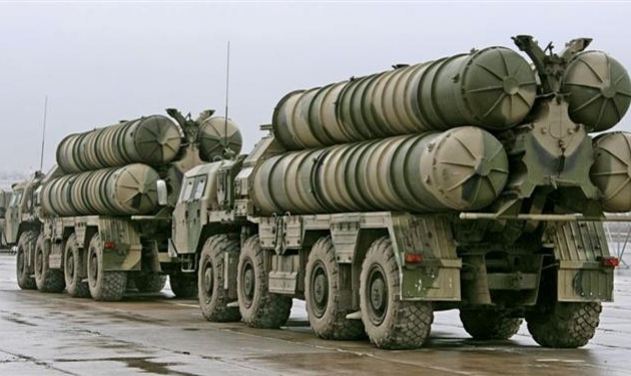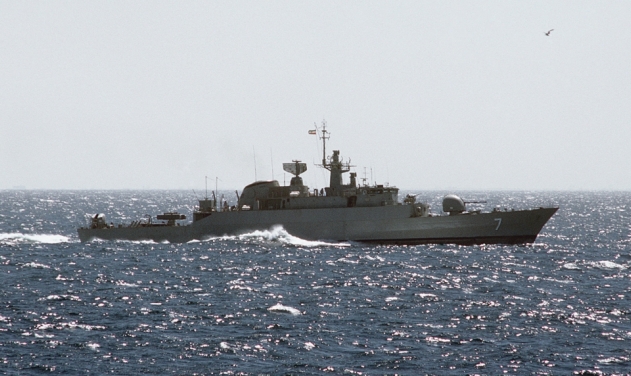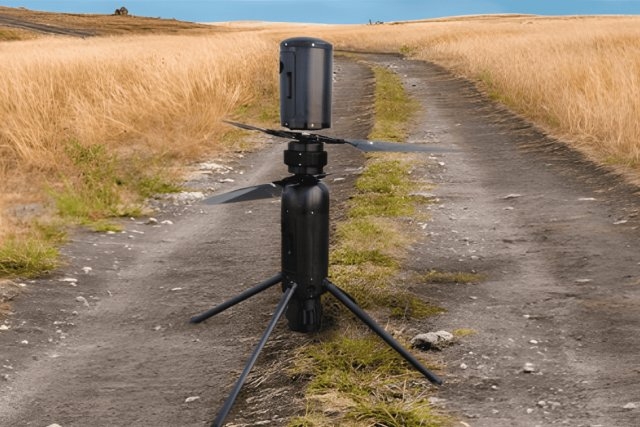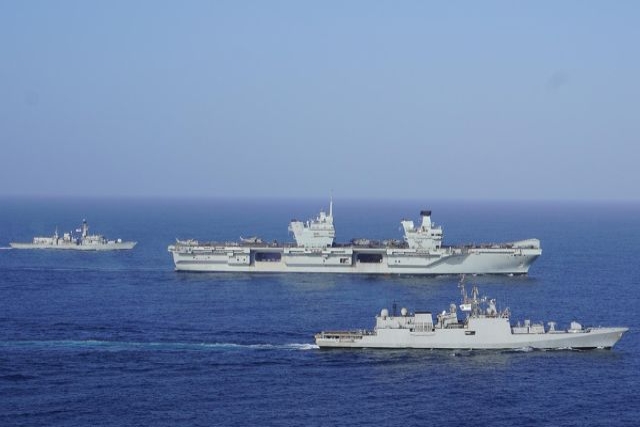Iran Increases Missiles' Production, Development
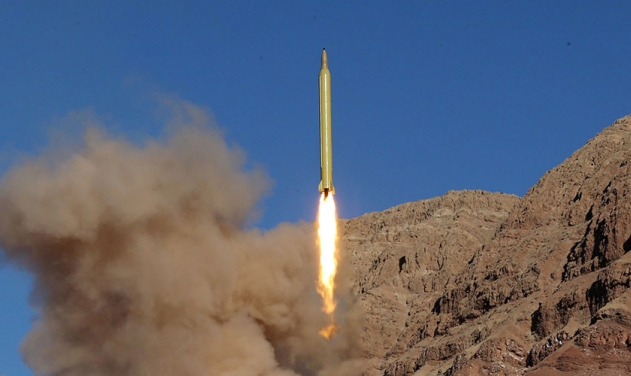
Iran has increased production of ballistic missiles, apart from enhancing their precision-striking capability.
"In addition to enhancing the precision-striking power and quality of ballistic missiles, the Iranian authorities and experts have used innovative and shortcut methods to produce inexpensive missiles and today, we are witnessing an increase in production of ballistic missiles," Commander of the Islamic Revolution Guards Corps (IRGC) Aerospace Force Brigadier General Amir Ali Hajizadeh was quoted as saying by Fars News Agency Tuesday.
"We don’t have any limit for the range of liquid or solid-fueled ballistic missiles," Iranian Defense Minister Brigadier General Hossein Dehqan said in a meeting in the Central city of Isfahan in August.
"90 percent of the country's defense systems have reached an acceptable standard and enjoy competitive quality compared with the weapons of advanced countries; production of the national individual weapons and efforts to improve the quality and precision-striking power of ballistic missiles are among the defense ministry's achievements in the defense field." he added.
General Dehqan added that Iranian experts have also taken long strides in building satellites, satellite carriers, missile launchpads and research work in defense areas.
In March, the Islamic Revolution Guards Corps (IRGC) fired 2 home-made 'Qadr H' ballistic missiles from the Eastern Alborz Mountains at a target in Iran's Southeastern Makran seashore.
The missiles were fired on the sidelines of the main stage of the IRGC drills in Central Iran and various parts of the country. Qadr is a 2000km-range, liquid-fuel and ballistic missile which can reach territories as far as Israel.
The missile can carry different types of ‘Blast’ and ‘MRV’ (Multiple Reentry Vehicle) payloads to destroy a range of targets. The new version of Qadr H can be launched from mobile platforms or silos in different positions and can escape missile defense shields due to their radar-evading capability.
A Multiple Reentry Vehicle (MRV) payload for a ballistic missile deploys multiple warheads in a pattern against a single target as opposed to multiple independently targetable reentry vehicles, which deploy multiple warheads against multiple targets.
The advantage of an MRV over a single warhead is that the damage produced in the center of the pattern is far greater than the damage possible from any single warhead in the MRV cluster, this makes for an efficient area attack weapon. Also, the sheer numbers of Warheads make interception by Anti-ballistic missiles unlikely.
Improved warhead designs allow smaller warheads for a given yield, while better electronics and guidance systems allowed greater accuracy.
